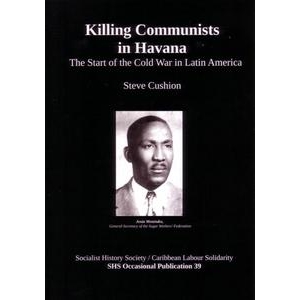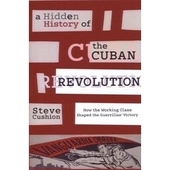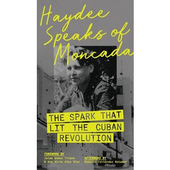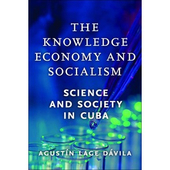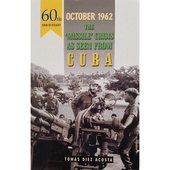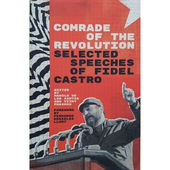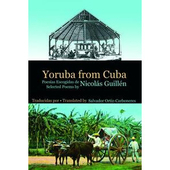Killing Communists in Havana by Steve Cushion
Socialist History Society/Caribbean Labour Solidarity, 2016
SHS Occasional Publications 39
A short but fascinating (48 page) examination of the period after the Second World War in the Cuban Labour movement, Cushion uses Cuban archives and confidential US state Department files to unearth a history of extreme government corruption and gangsterism on a level with Al Capone's Chicago.
£5.00 inc p&p
| Check Basket |
Killing Communists in Havana by Steve Cushion
Socialist History Society/Caribbean Labour Solidarity, 2016, SHS Occasional Publications 39
In this short but fascinating (48 page) examination of the period after the Second World War in the Cuban Labour movement, Cushion uses Cuban archives and confidential US state Department files to unearth a history of extreme government corruption and gangsterism on a level with Al Capone s Chicago.
He outlines how the anti-communist American Federation of Labour predicted the coming cold war and then attempted to position itself favourably with the US government, by supporting local efforts to assist US foreign policy through the establishment of new union confederations or leaders hostile to communists. Part of this objective was to increase productivity and profits in the difficult post war economic climate. But it was the widespread use of armed gangs, the corruption and widespread embezzlement in Cuban political life that is also laid bare. President Carlos Prio (1948-52) used thugs from Accion Revolucionaria Guiteras (ARG) to assassinate trade unionists who would not go quietly or could not be bought.
Three of the most respected communist workers leaders were murdered in this fashion; the docker Aracelio Iglesias, the cigar roller Fernández Roig and the cane cutter Jesús Menéndez. But the unions survived, the ruling party saw its popularity plummet and a crisis around fare increases on public transport eventually led to a coup on 10th March 1952.
The British Embassy was joyful at the prospect that “the Batista government will not be under the thumb of organised labour as their predecessors were”. But the unions were resilient and new leaders emerged and created new structures and networks, often underground. These would go onto play an important role in the coming struggle to overthrow Batista and herald the triumph of the revolution. A far cry from what was originally intended by the brutal murders of so many great trade unionists.
Bob Oram for CubaSi Winter 16/17 magazine
